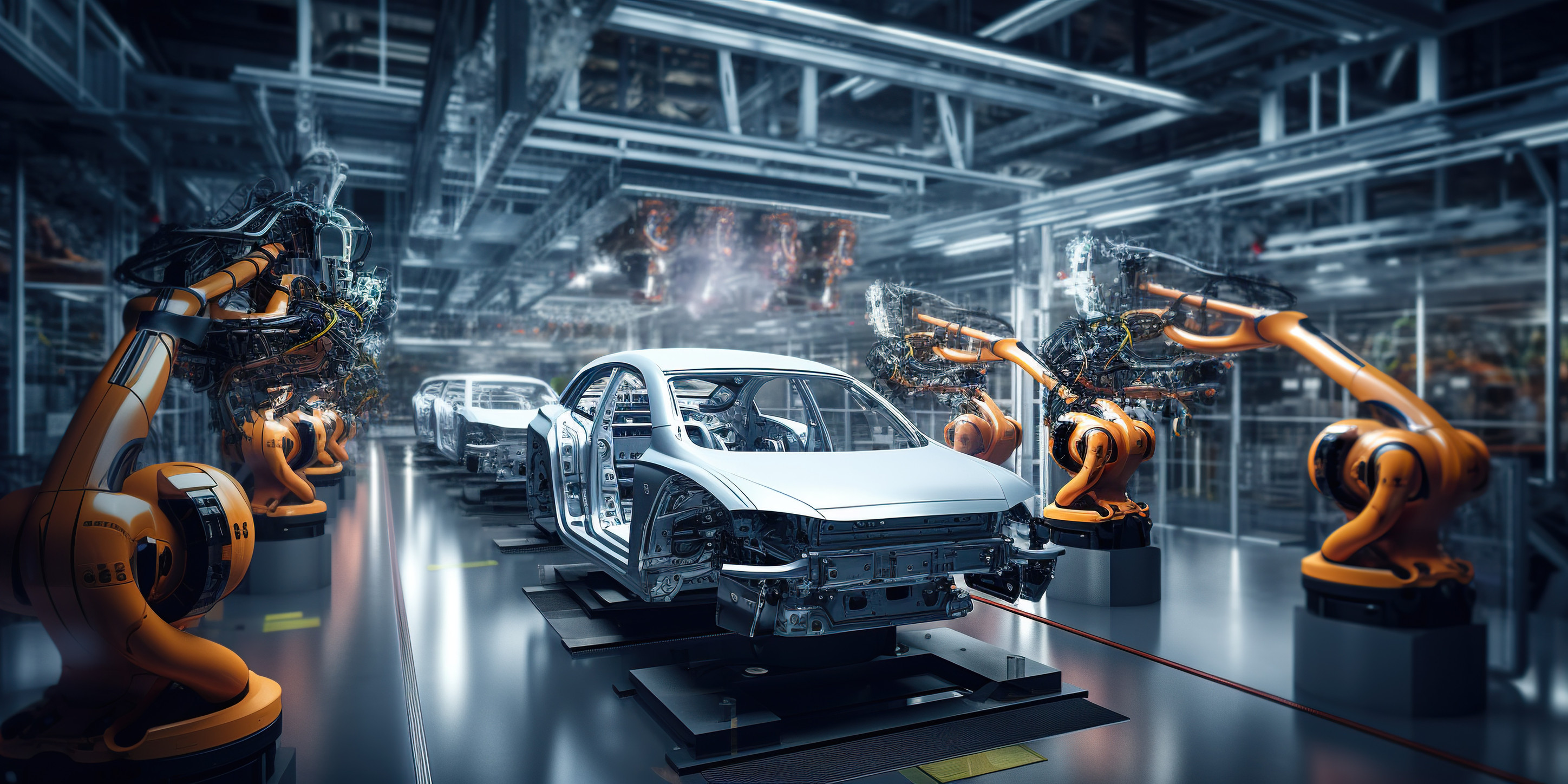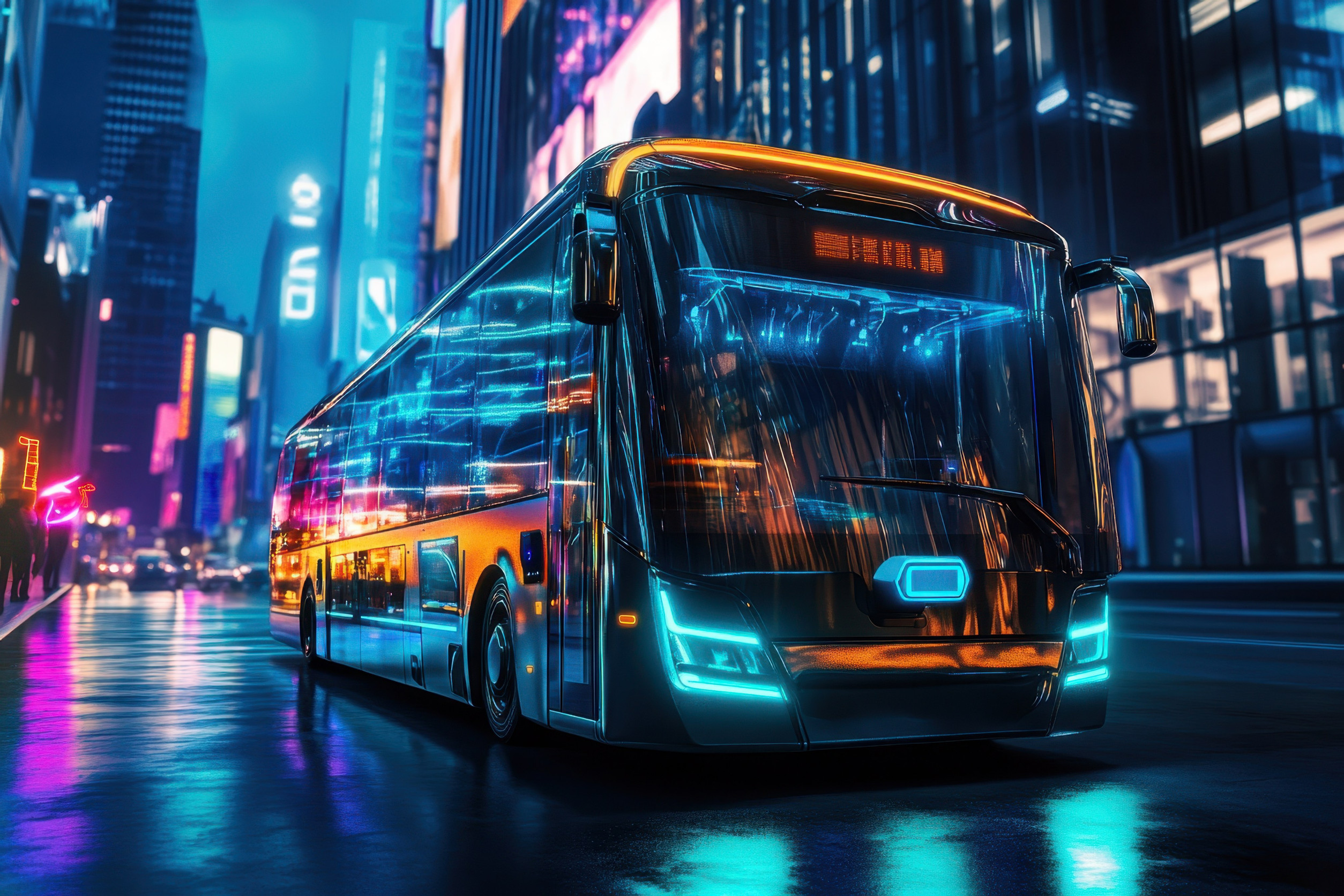Taiwan is Racing to Build its Smart Vehicle Capability
2025/08/13 | By CENS
The Taiwan government-backed Automotive Research & Testing Center (ARTC) is set to unveil an “all-weather high-speed autonomous driving testing facility” in September this year as part of
Taiwan’s efforts to build its autonomous-vehicle development capability.
Housig a 200-meter tunnel, this very site is designed to test autonomous vehicles to see if they will go wrong in various weather conditions like heavy rain, dense fog, sun rising and setting, and nightfall, as well as varying road types such as tunnel and elevated highways at speed up to 110 kilometers per hour.
ARTC On Track to Fully Equip its Testing Capability
Chairman of the center, Jerry Wang, points out that along with automotive electronics and artifi cial intelligence vehicles developing prosperously, the center will persistently make its laboratory facilities and testing fields as complete as possible to help the island’s autonomous-vehicle industry shoot for business opportunity on the global market.
Founded in 1990, the center has achieved many self-driving technologies in recent years. In May this year, for instance, the center announced a self-driving electric mini-bus conforming to the United Nation Regulation No. 157 for Level 3 autonomous driving system, in partnership with local automotive electronics supply chain and electric bus manufacturers in addition to the backup from the Ministry of Economic Affairs’ Technology Development Program.
ARTC Level 3 Autonomous System Involves Unique Humane Technologies
When in self-driving mode, the ARTC Level 3 system’s onboard cameras embedded with AI technology can determine whether or not the driver is staying awakening and able to handle the car by detecting the driver’s physical characteristics, including eye blinking rate, vision direction, and head angle.
In case that the driver feels sick and is not able to take over the steering wheel, the system will
keep alarming and slow down the vehicle gradually or pull it over before the helps that it calls for arrive. Control will go back to the autonomous system again after unmanageable problems are fi xed. The ARTC system’s competing cousins can do nothing but keep sending warnings when the driver is detected tired.
ARTC Mini Autonomous Bus Wins Edison Awards
This bus, which is said to be the world’s first of its kind, has won the 2025 edition of the Edison Awards, which were established in 1987 by the American Marketing Association to honor
innovations in product and service development, marketing and human-centered design.
So far, the Society of Automotive Engineers (SAE) defi nes 6 levels of driving automation ranging from 0 (fully manual) to 5 (fully autonomous) for global self-driving vehicles. Level 1 and Level 2 automations still account for the majority of the assistant-driving systems available onboard. However, market surveyor Frost & Sullivan forecasts Level 3 system will go into most intelligent vehicles in 2030 to enable the vehicles to drive by itself without manual control until it fails to handle some unmanageable conditions that make it pull over automatically or hand the control over to human drivers.
In the autonomous-bus teamwork , CubTEK, Arcadyan, Chimei Automotive, and oToBrite are responsible for the radar and camera systems; Elan for the driver monitoring system; Rotatech
for the steering control module; and DFI for the communication and data recording equipment.
ARTC itself develops the autonomous decision control software, and integrate all these components with its software to make an electric bus autonomous on the road.
In the meantime, the center is taking more initiative to phase in data-security and software updating technologies that conform to the UNR155 and R156 standards for its self-driving system, not to mention teaming up with inspection lab TÜV SÜD to set up thorough data-security net for AI-based driving vehicles.
In April this year, 28 Taiwanese organizations, including the government-funded Industrial Technology Research Institute (ITRI), together rolled out 18 unique self-driving technologies at E-Mobility Taiwan Exhibition 2025 to show Taiwan’s extraordinary capability in AI integration and certification for autonomous vehicles.

ITRI Smart System Revolutionizes Bus Electrical Charging and Dispatching
ITRI’s “Smart Charging Management and Dispatching System”, with its AI-powered solution, has revolutionized the way bus operators charge electric bus at depots by optimizing power usage and spatial efficiency, considerably paring down manpower and operation costs by 30%. The system automatically set up the most optimal charging schedules for bus fleets based on the battery capacity, operating route, and duty timetable of each bus, thereby boosting the charging efficiency and safety. Its AI-based remote monitoring design helps prevent the charging from overheating and short-circuiting.
The system is the world’s first of its kind that marks starting smart city power management with dispatching algorithm for bus-fleet charging. Taipei’s Beitou Shilin Technology Park Depot, currently Taiwan’s largest electric bus operation center, has adopted this system.
The smart power management system was inspired by the strained charging space challenging most of the island’s bus depots at a time when electric buses are surging in number in line with eco-friendly trend. Zhongxing Bus Co., Ltd. has improved efficiency thanks to the system.
At the smart mobility show, China Motor Corp. (CMC), Taiwan’s homegrown automaker, introduced an intelligence-laden 3.5-ton electric commercial vehicle, dubbed as ET35. This car is packed with domestically integrated Advanced Driver Assistance System (ADAS) Level 2, vehicle-toeverything (V2X), and cloud-based data platform. This all-in-one solution supports enterprise-level decarbonization and smart logics solution.
Over 90% of the 3.5-ton vehicle is made up of components designed and manufactured locally, ranging from chassis, powertrain, to battery pack. Mass production is slated for the third quarter this year.
Taiwan Government Helps Local Auto-Electronics Makers Establish Testing Capability for Larger Devices
With automotive electrical products becoming more integrated and, thus, bigger, the Ministry of Economic Affairs (MOEA) has helped Taiwanese auto-parts makers establish testing capabilities for large electrical systems, such as smart driver cabin installed with a 55-inch display, and the ability to verify and test all-in-one powertrains under complicated conditions. This will significantly shorten development cycles of Taiwan’s automotive electric industry and enhanced Taiwan’s position in the international supply chain.

Bright Future is Ahead for Global Automotive Electronics
Global market for automotive electrics is said to surge to US$500 billion in 2030 from 2023’s
approximate US$300 billion, marking a 7% compound annual growth rate (CAGR). In the meantime, Taiwan will put out over NT$900 billion (US$30 billion) worth of the devices in 2028, more than double the 2024 size of NT$492.5 billion (US$16.4 billion), becoming the major applications of Taiwan’s information-communication technology (ICT) and artificial intelligence (AI) sectors, according to ARTC.
Relative to the electrics production, Taiwan’s non-electric auto parts output had steadily increased to top NT$280 billion (US$9.3 billion) in 2023, an increase from 2020’s NT$220 billion (US$7.3 billion).
ARTC points out that the significant output of Taiwan’s automotive electrics has attested not only Taiwan’s mighty technical capability in automated car development but also the island’s solid basis for snatching up a share of the global intelligenttransportation market.

